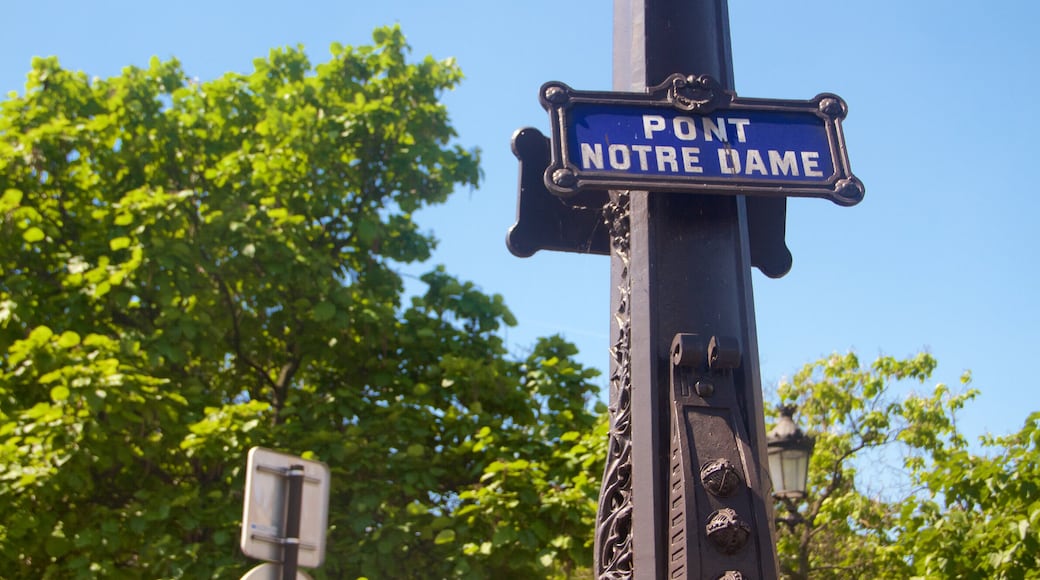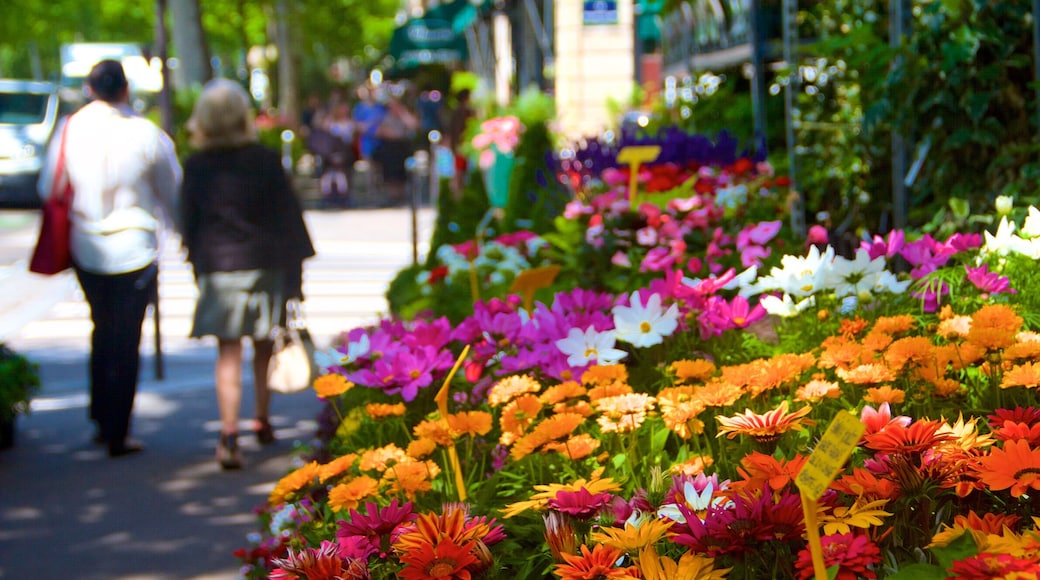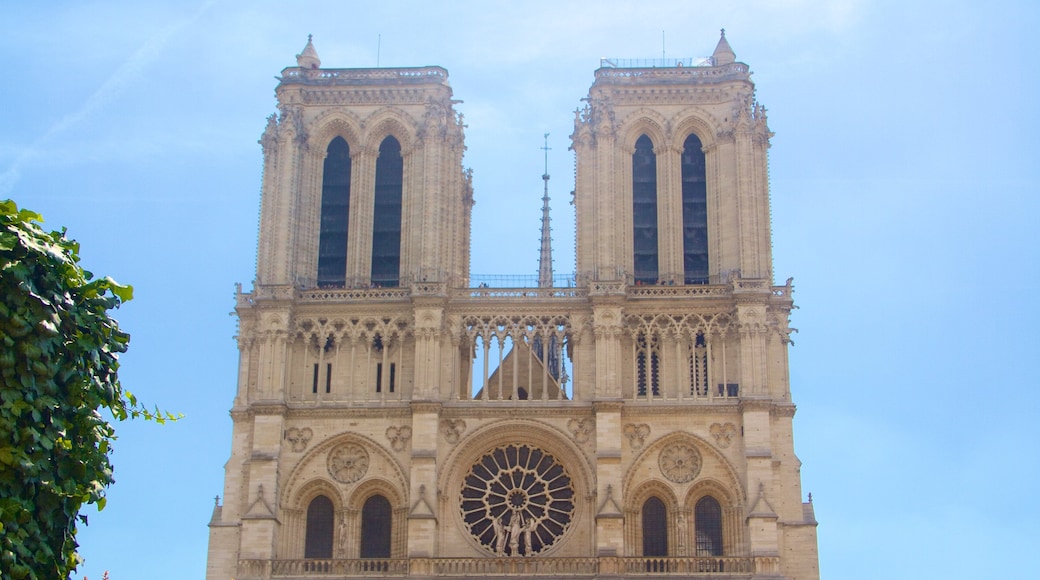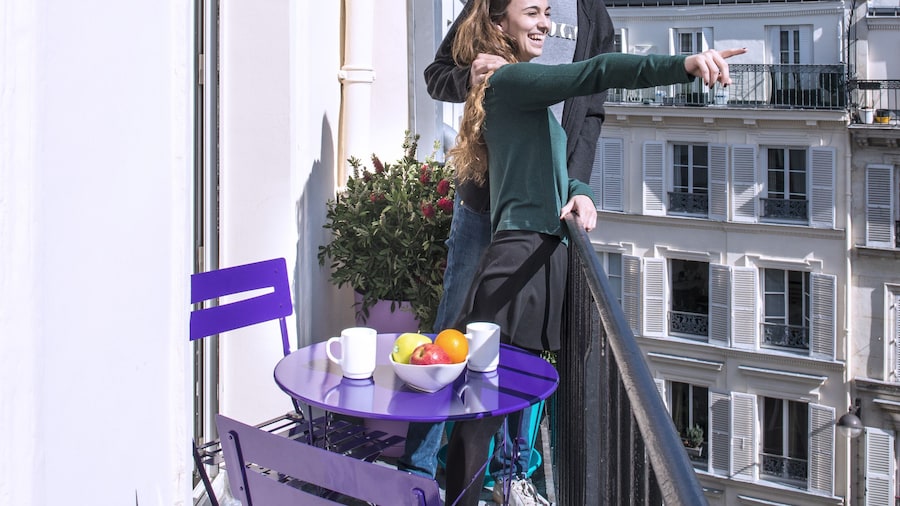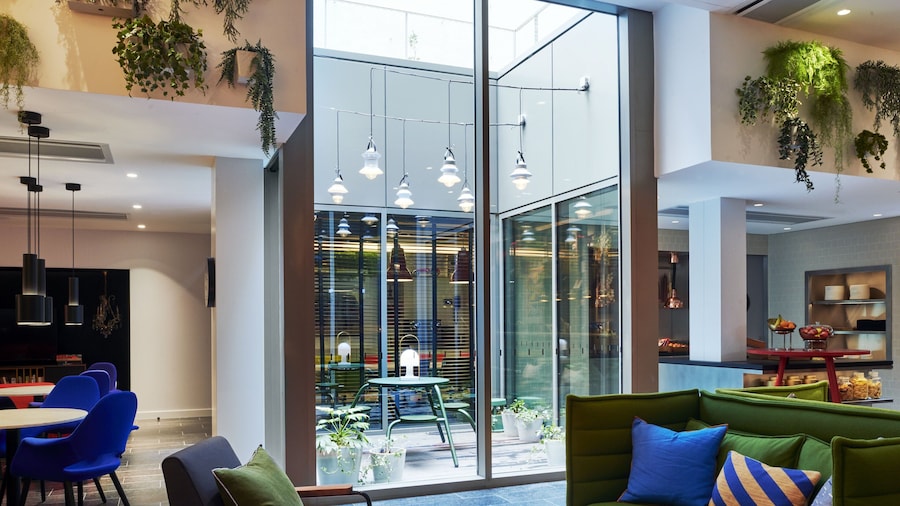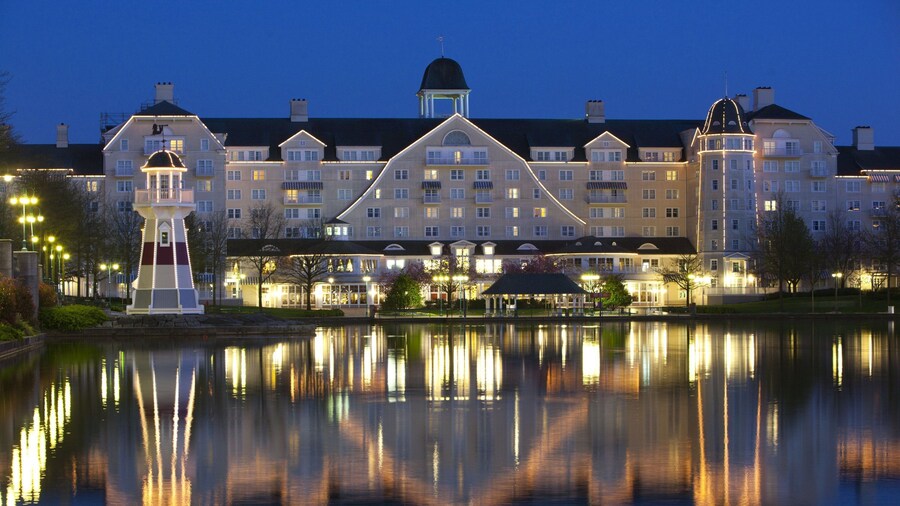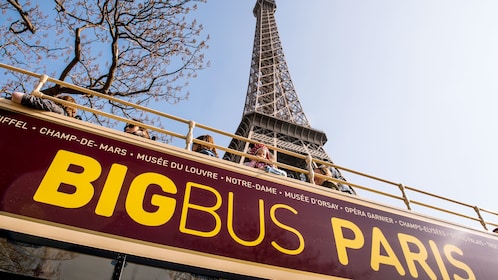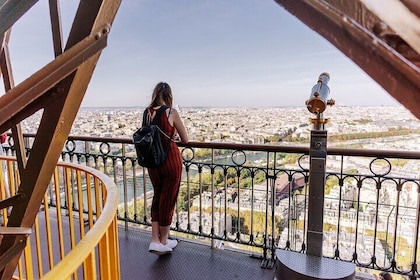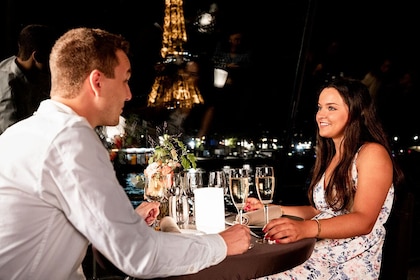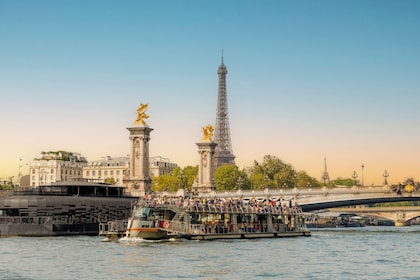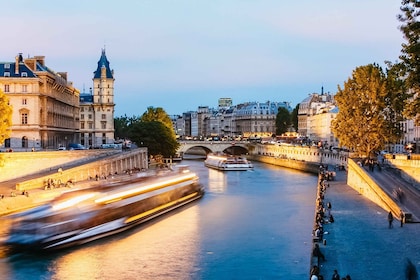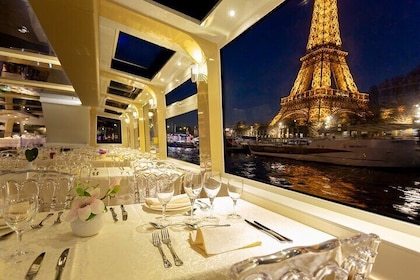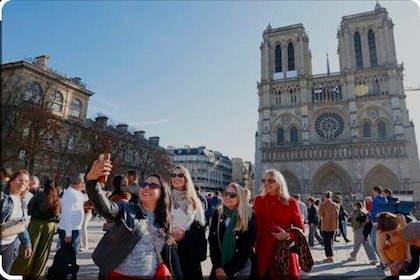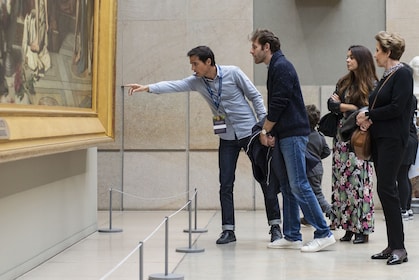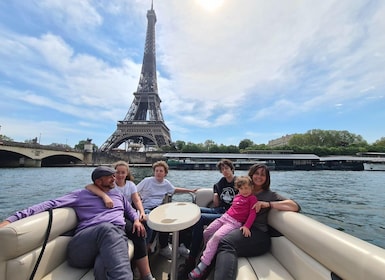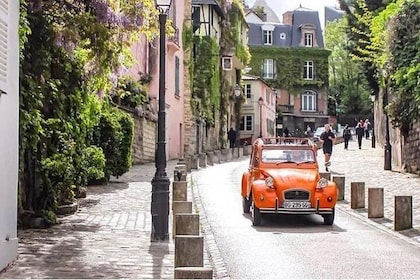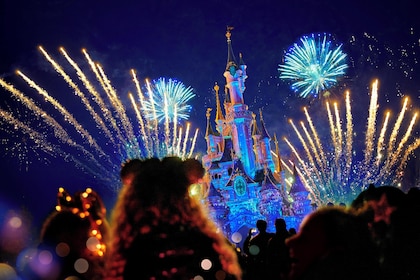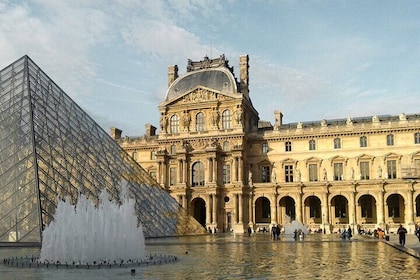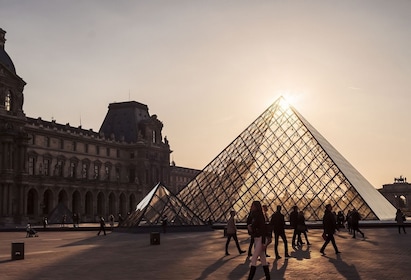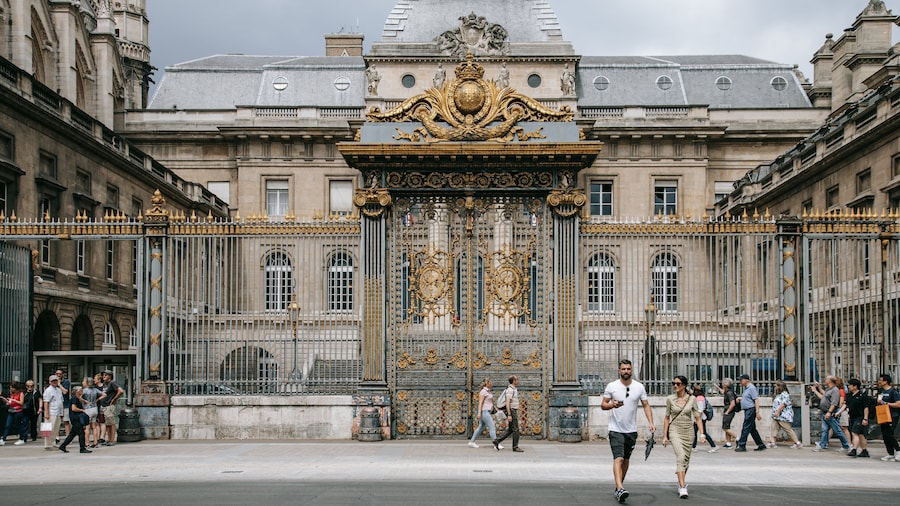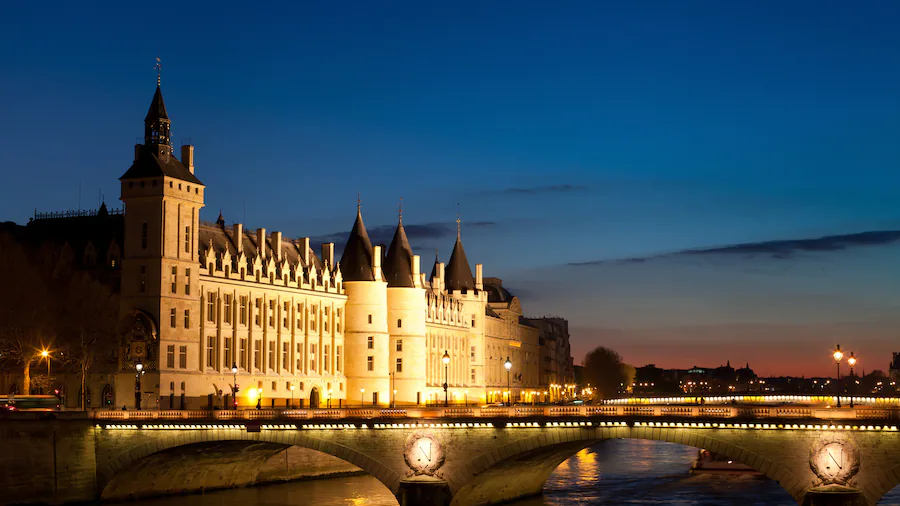One of two islands within Paris, the Île de la Cité holds some of France’s most historically significant and outstandingly beautiful features.
View world-renowned Gothic architecture and stained glass on the Île de la Cité. Watch small boats pass underneath the city’s oldest bridge and see the sinister-looking palace where Marie Antoinette was held before being executed.
Take the metro to the island’s only station and track back to the Pont Neuf connecting to the mainland at the island’s western end. Opened by Henry IV in 1607, this white stone bridge is beautifully simple and provides a superb vantage point to gaze over the gently flowing water below. The king’s bronze equestrian statue on the bridge is a replica of one that was stolen and destroyed during the French Revolution.
Navigate across this small, boat-shaped island. Just a short stroll east is the Palais de Justice, built to house the French Supreme Court. The connecting turrets and towers lining the river were long used as a political prison. Between 1793 and 1795, as many as 2,600 prisoners were taken from La Conciergerie to be guillotined.
The palace grounds feature a truly breathtaking building, the Sainte-Chapelle. Completed around the middle of the 13th century, it has a superb display of stained glass. Enter on a sunny day to marvel at the red and blue glass lit up to show artwork depicting the story of Christianity from Genesis to the Crucifixion.
Even with the remarkable design of this chapel, the crowning feature here is surely Notre-Dame Cathedral at the eastern end of the island. Built between 1163 and 1345, the cathedral is a remarkable example of Gothic architecture. Check out the many gargoyles and Gallery of Kings statues on the west façade as well as the central spire that reaches to a height of 305 feet (93 metres). You may see a service taking place during your visit.
The Île de la Cité has few options for accommodation however, several high-end restaurants provide the ideal place to end your day before you cross a short bridge to the city itself.

